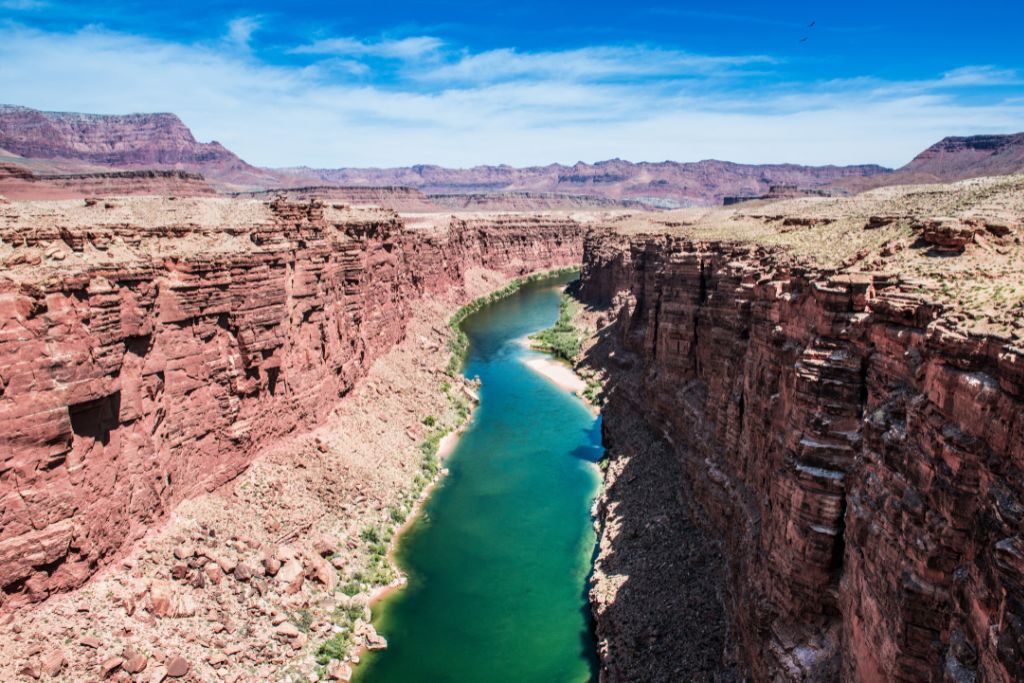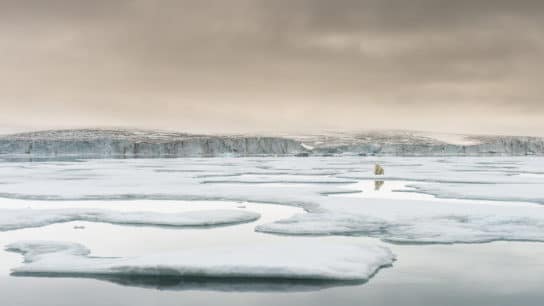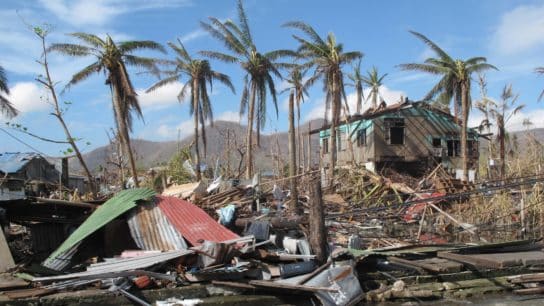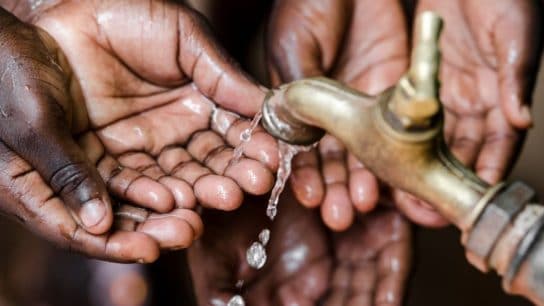On Monday, the US states of Arizona, Nevada, and California signed a landmark deal that entails cutting water consumption by 3 million acre-feet in order to prevent water shortages amongst states that border the Colorado River.
—
From now until 2026, the states bordering the Colorado River – Arizona, Nevada, and California – will collectively have to cut their water use by more than 3 million acre-feet (approx. 370046 hectare-meter) as a part of a landmark deal reached on Monday.
In the context of the deal, the Biden administration’s Inflation Reduction Act (IRA) will help cities and irrigation districts in the three “Lower Basin” states roughly US$1.2 billion in exchange for using less water.
But this is merely a short-term fix. Many farmers consider the restrictions an insult to their industry because the agreement does not address long-term water sustainability concerns in the area. Government officials of the three aforesaid states must pay farmers more per acre-foot of water than they would have earned from selling crops on a specific field in order to persuade them to plant fewer crops. This stems from the fact that the deal is actively urging farmers to produce drought-resistant crops,effectively reducing the total number of crops they can grow and thereby also reducing potential profits.
Farmers in California’s Imperial Valley have resisted accepting money to leave their fields unplanted, especially since vegetable prices have remained as high as they already were due to overall inflation in the American economy. Irrigation officials have compensated growers to invest in technologies aimed at making their farms more efficient – such as precision irrigation, drought-resistant crops, and soil moisture sensors.
The Imperial Valley programme is one of the two main initiatives undertaken by the federal government. It focuses on improving water efficiency and reducing demands for water supply by the Imperial Irrigation District (IID) – a public agency that provides water and energy supply services to California Imperial Valley and one of the biggest consumers of Colorado River water. Aside from the IID, the other main consumers of Colorado River water are the states of California and Arizona.
A second programme, which focuses on water management in parts of Colorado, New Mexico, Utah, and Wyoming, is the Upper Basin pilot programme. Both programmes get considerable reimbursement from the Biden administration for their conservation efforts.
The federal government gave the river states an ultimatum last summer, forcing them to reduce their water usage by between 2 and 4 million acre-feet, or as much as one-third of the river’s typical annual flow, by coming up with a plan by 2023. This sparked the competition among the 7 bordering states of the Colorado River –Arizona, California, Colorado, Nevada, New Mexico, Utah, and Wyoming. If these states fail to agree on their own, the administration threatened to impose unilateral water cuts.
Although California and Arizona, combined, were blamed by the Upper Basin states of Colorado, Utah, Wyoming, and New Mexico for taking up a majority of the Colorado River water. However, Californian representatives urged that Arizona take accountability for the excessive water usage.
At the root of this impending doom of a water crisis in the region is the mega-drought that has affected the Western US for nearly two decades. Rising temperatures caused Lake Mead (located in southeastern Nevada and partially in northwestern Arizona) and Lake Powell (northern Arizona and partially in southern Utah) to reach their lowest levels ever in 2022. These record lows prompted the first-ever Tier 1 Water Shortage declaration for the reservoir, which has been in effect since early 2022.
To lessen the risks of worsening water insecurity in Colorado, in 2015, then-governor John Hickenlooper signed the state’s first water plan. It includes goals such as reaching 400,000 acre-feet (approx. 45,000 hectare-meters) of local and industrial water conservation by 2050 and having 75% of Coloradans incorporate water-saving land-use planning by 2025. While this plan was temporarily efficient, the territory still lacks a long-term plan.
Water levels at Lake Powell and Lake Mead are projected to stabilise this summer thanks to the melting of the Rocky Mountains’ snowpack, making it slightly easier for states to implement the deal. Nonetheless, a $4 billion tranche for the facilitation of drought response was negotiated by Arizona’s Senator Kyrsten Sinema in order to finalise the agreement for the next three years.
What will happen when the conservation agreement ends at the end of 2026 as states and tribes come together to discuss the river’s long-term future remains the biggest concern at this point. For now, issues such as who should use less water and how the government may compensate tribal groups who still lack access to water remain unresolved.
You might also like: What’s Happening with the Arizona Water Shortage Crisis














